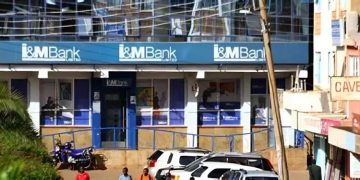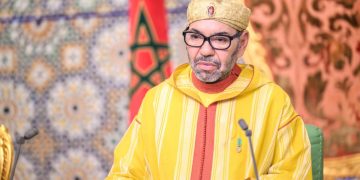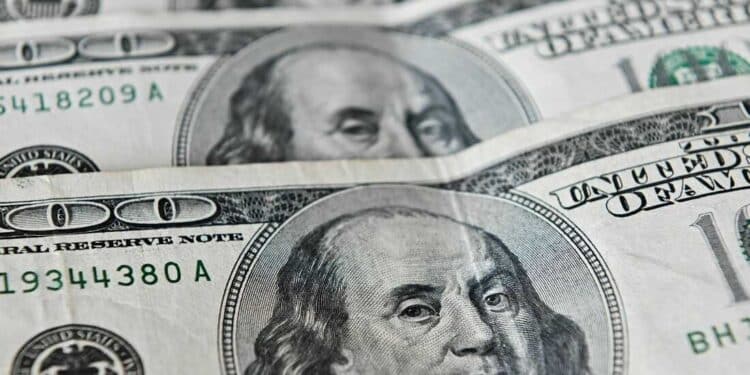The Euro rose to Ksh151 against the US Dollar, its strongest level against the US Dollar since 2021, fuelled by a combination of US financial uncertainty and cautious optimism in Europe.
This milestone marks a 9.77% increase in the Euro’s value over the past year and a 3.12% gain in the last month.
A Refreshed Euro
Recent data suggests the Eurozone may be experiencing a modest recovery, driven by increased private consumption and investment in key economies like Germany, as noted by the German Federal Statistical Institute.
Also Read: Why the Kenyan Shilling Has Remained Stable Against Global Currencies
Exports to the United States, while not the sole driver, have also contributed to this growth, though the front-loading of these exports earlier in the year indicates a temporary boost rather than sustained momentum.
This resurgence contrasts sharply with the US Dollar’s performance, which has weakened by approximately 11% against the Euro in 2025.
The decline is partly attributed to the Trump administration’s strategy to devalue the Dollar to bolster American exports, a move that has reignited debates about the currency’s role as the world’s primary reserve asset.
The Dollar’s share of global trade invoices, which stood at 54% in 2022 according to Brookings, September 24, 2024, may face further erosion if this trend continues.
Economic Challenges
The US stock market has seriously failed, and the Dollar has lost gains accumulated since the last US election, dropping to its lowest level since mid-October 2024.
The Union Bank of Switzerland has upgraded its forecast for a US economic downturn to a 30% probability, up from 25%, citing stagflation risks.
This weakness in the US economy has bolstered the Euro and other currencies like the British Pound, which have risen to their highest levels since the election week.
However, the Eurozone’s outlook remains mixed with warnings of subdued growth in 2025, the challenges including evolving trade relations and structural issues.
The region’s moderate exposure to US tariffs (EU goods exports to the US account for about 3% of the total EU economy) may limit direct impact, but indirect effects on global growth could still pose risks.
Also Read: Iran Gives Conditions for Accepting Talks with U.S
Inflationary pressures are easing, yet uncertainty persists, particularly as major Eurozone economies like Germany, France, and Italy prepare to boost defence budgets amid security concerns.
History of the Euro
Historically, the Euro last peaked against the Dollar in 2008 before the global financial crisis, a precedent that raises questions about whether this current strength signals resilience or vulnerability.
Unlike countries like Iceland, which recovered from the 2008-2011 crisis by devaluing its currency, Eurozone nations lack this flexibility. This structural limitation could complicate responses to future economic shocks.
Analysts suggest that if the Trump administration’s tariff policies materialize without significant retaliation, the Euro could climb higher, potentially testing levels not seen since the pre-2008 era.
Follow our WhatsApp Channel and X Account for real-time news updates.




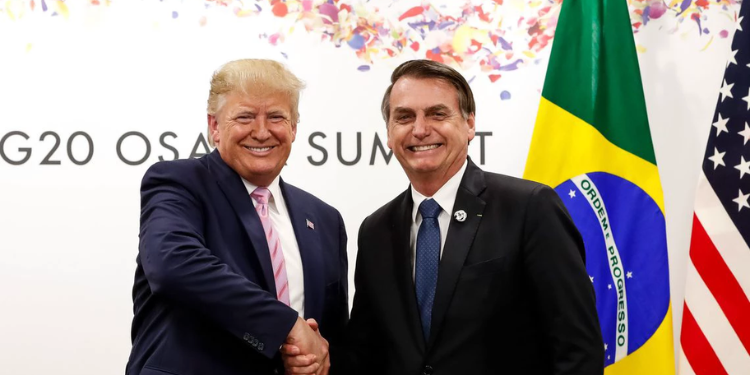

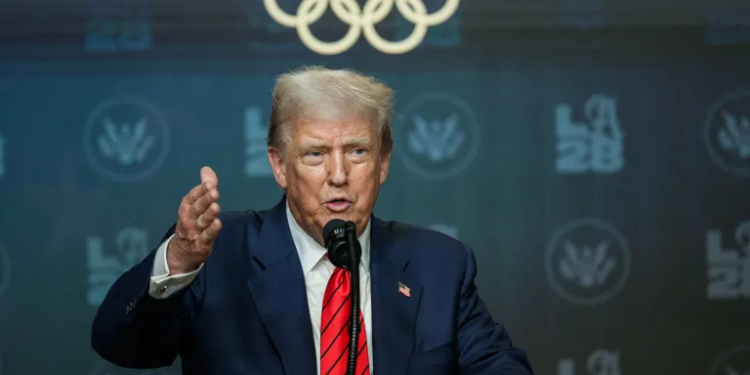









![Billions Each Top Kenyan Bank Has Made So Far In Profits This Year [List] Q3 2025 Results For Equity, Kcb, Co-Op, Absa And Other Banks]( https://thekenyatimescdn-ese7d3e7ghdnbfa9.z01.azurefd.net/prodimages/uploads/2025/11/C0-OP-KCB-Equity-Absa-360x180.png)


